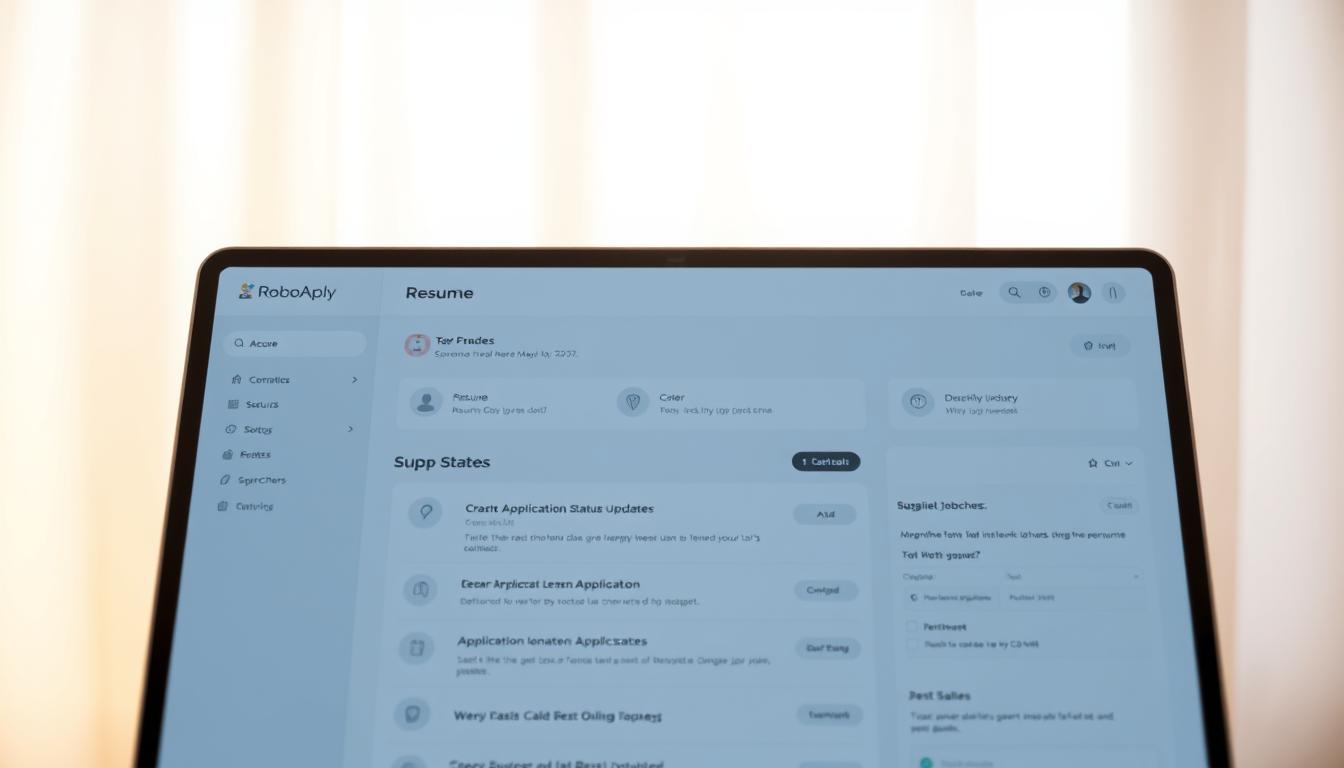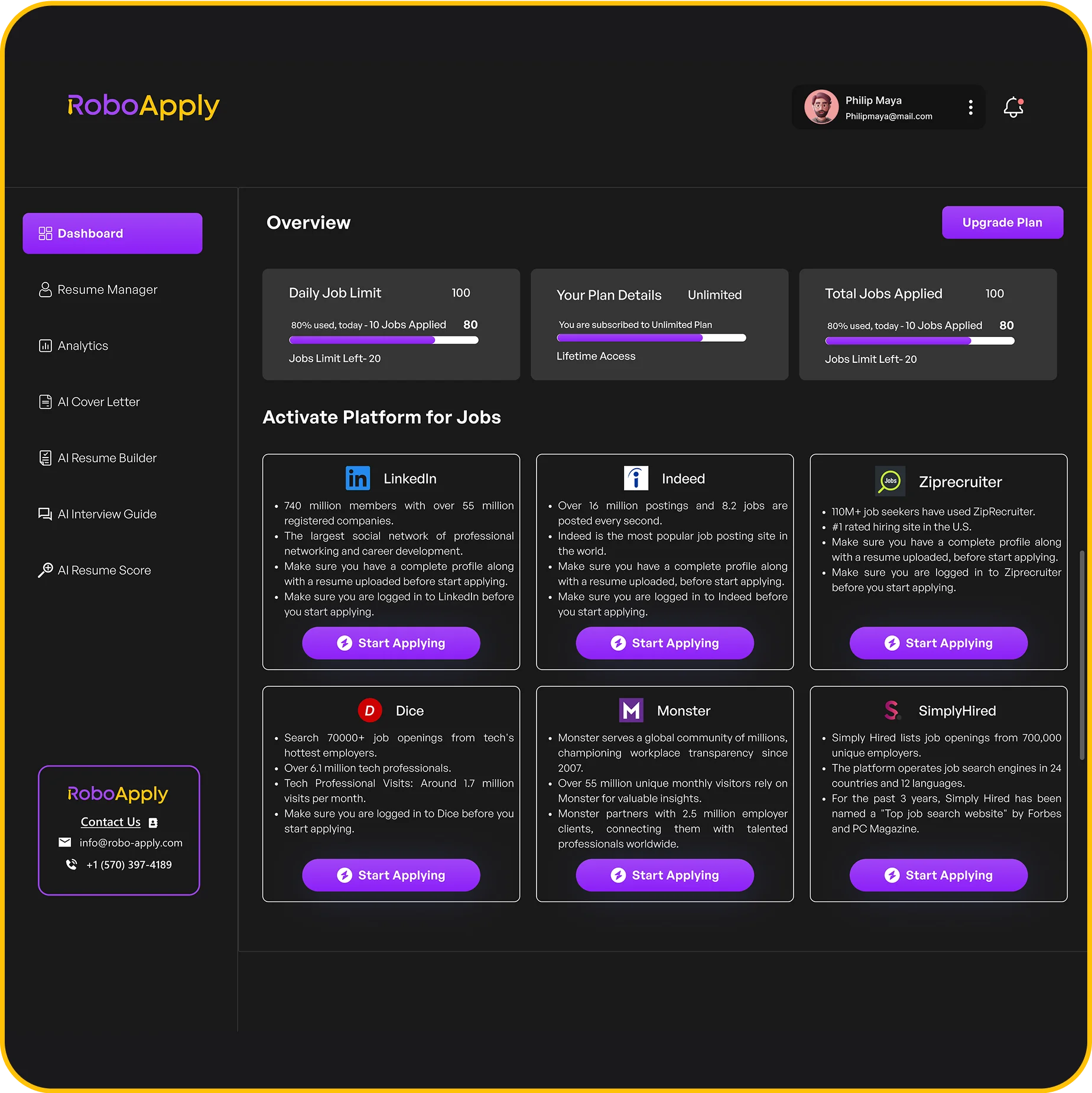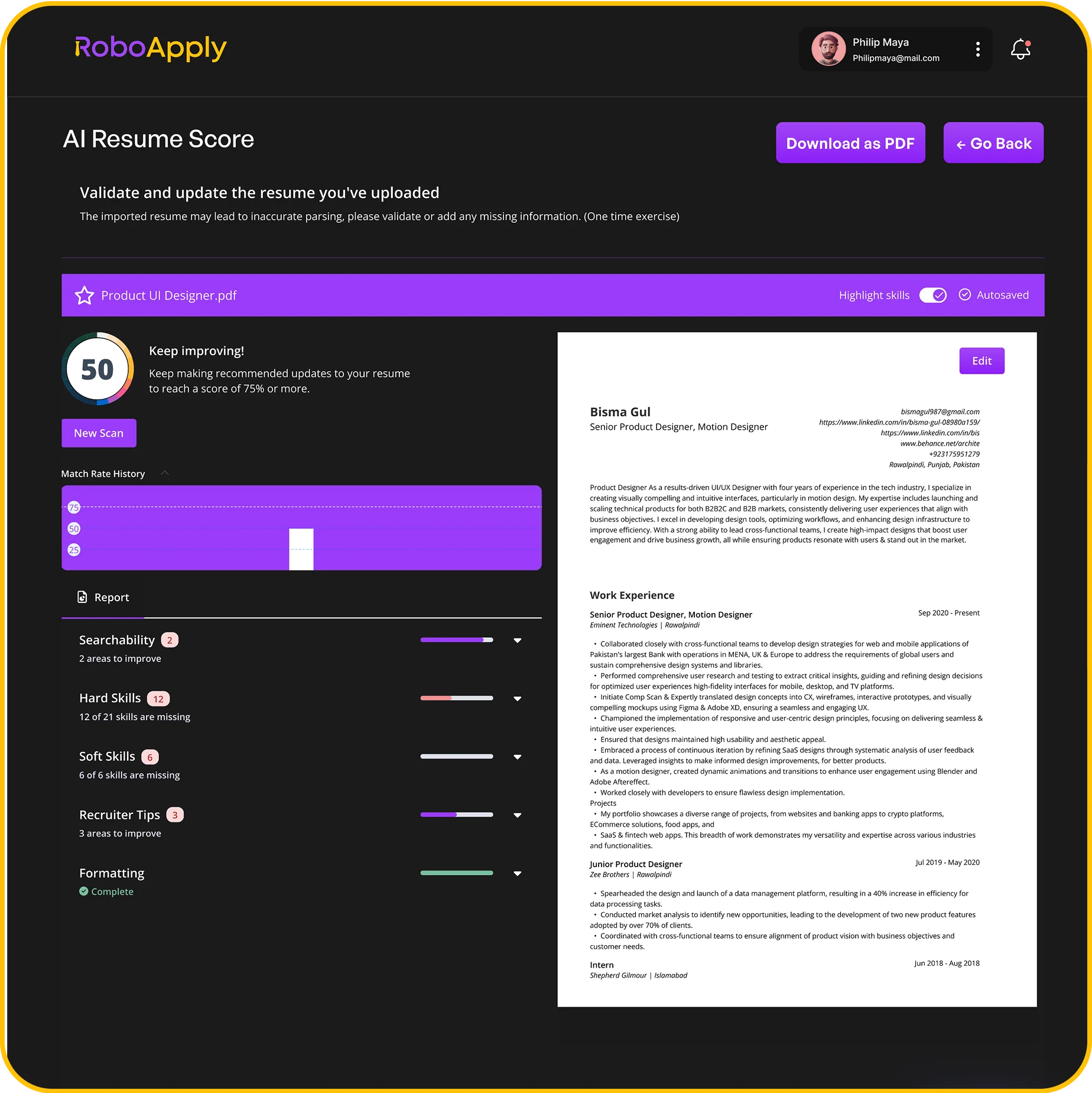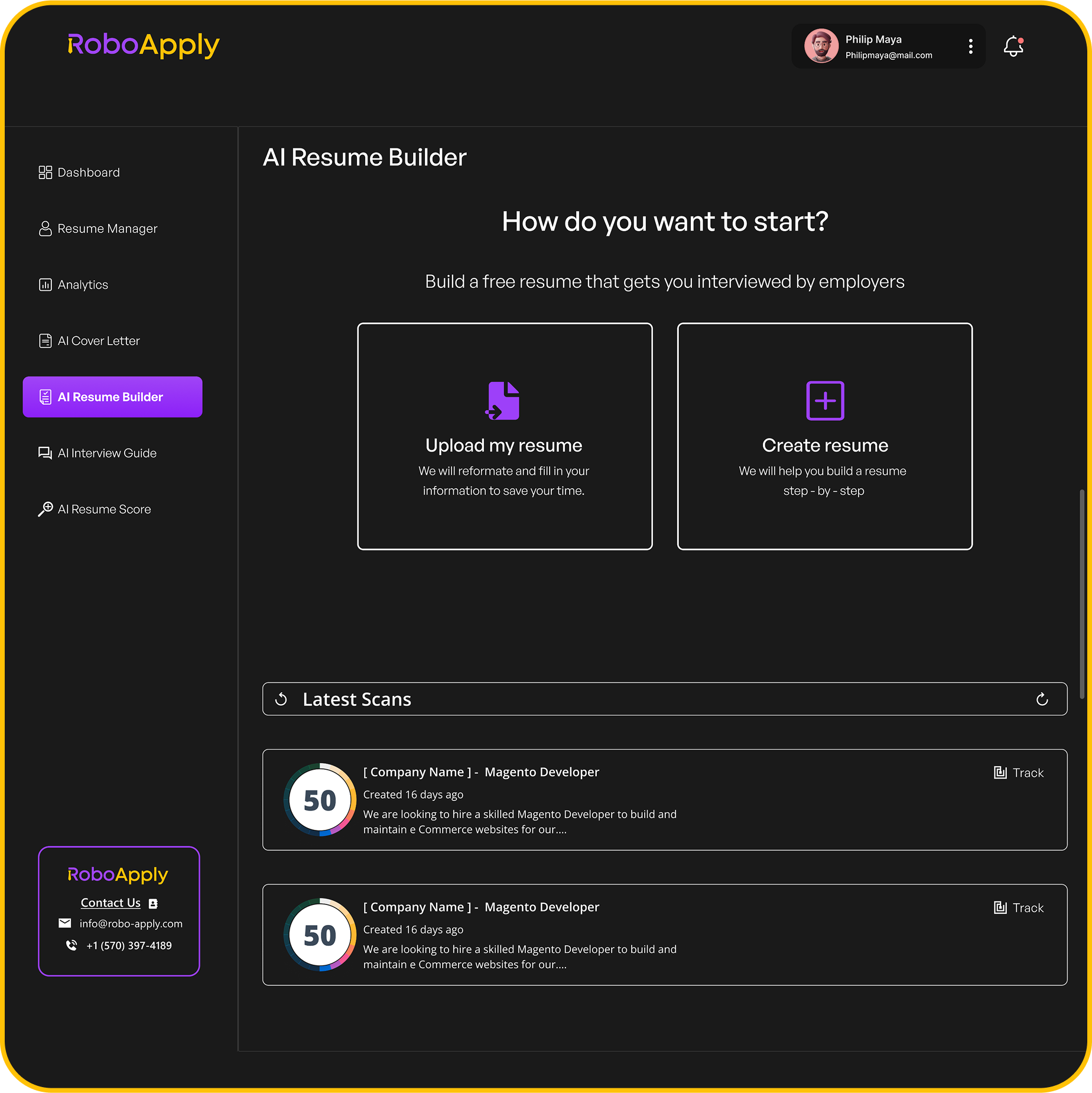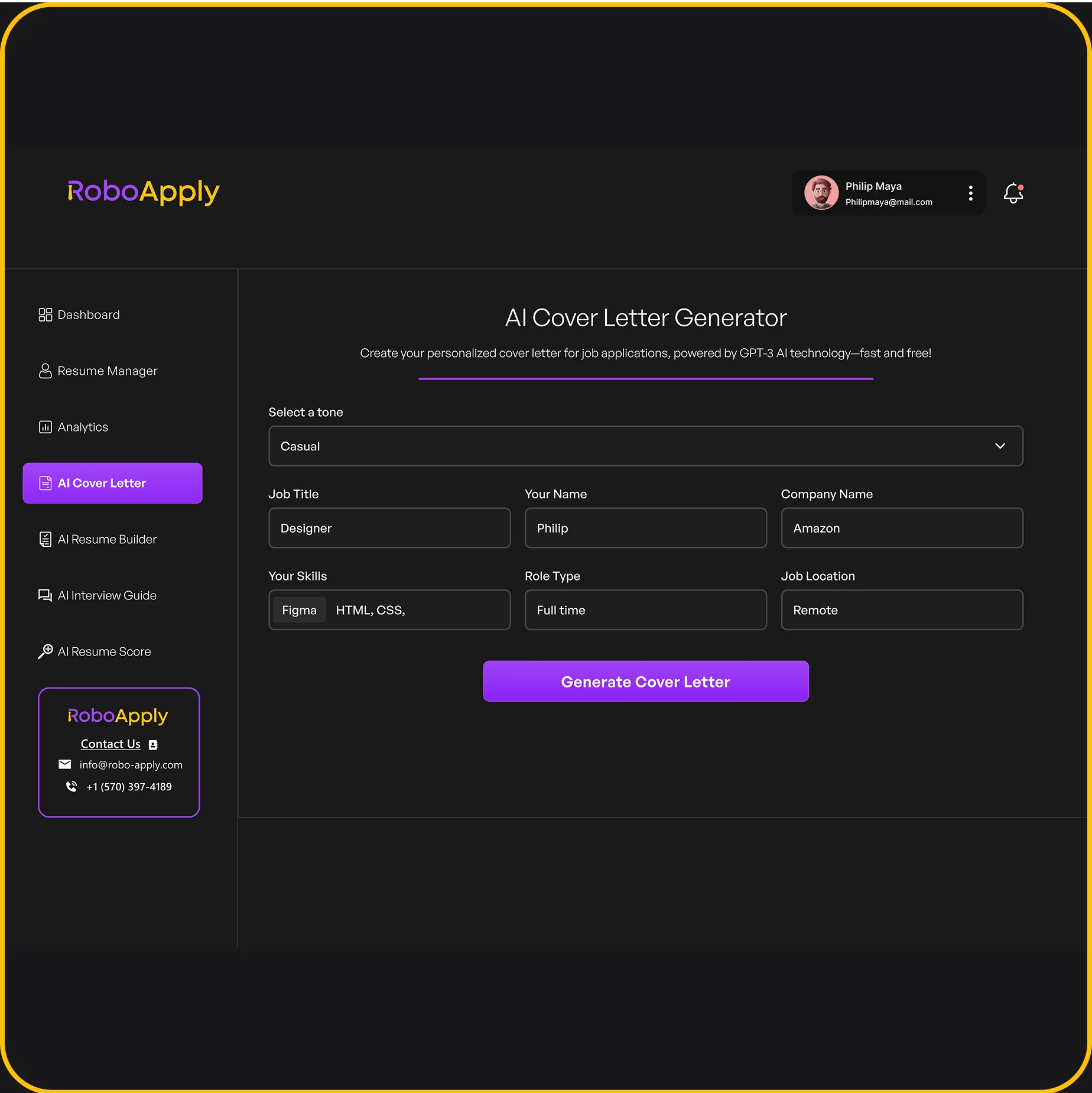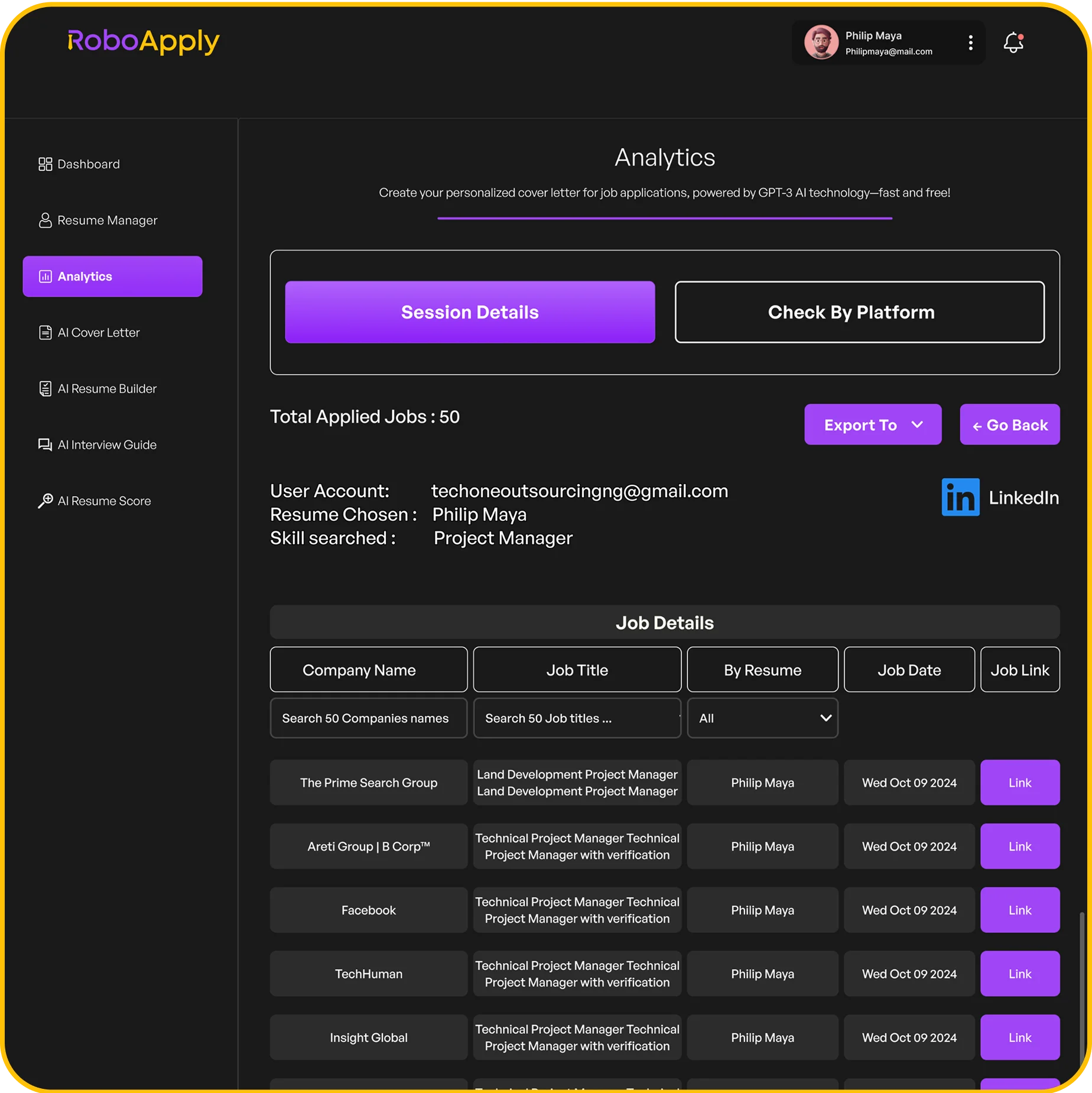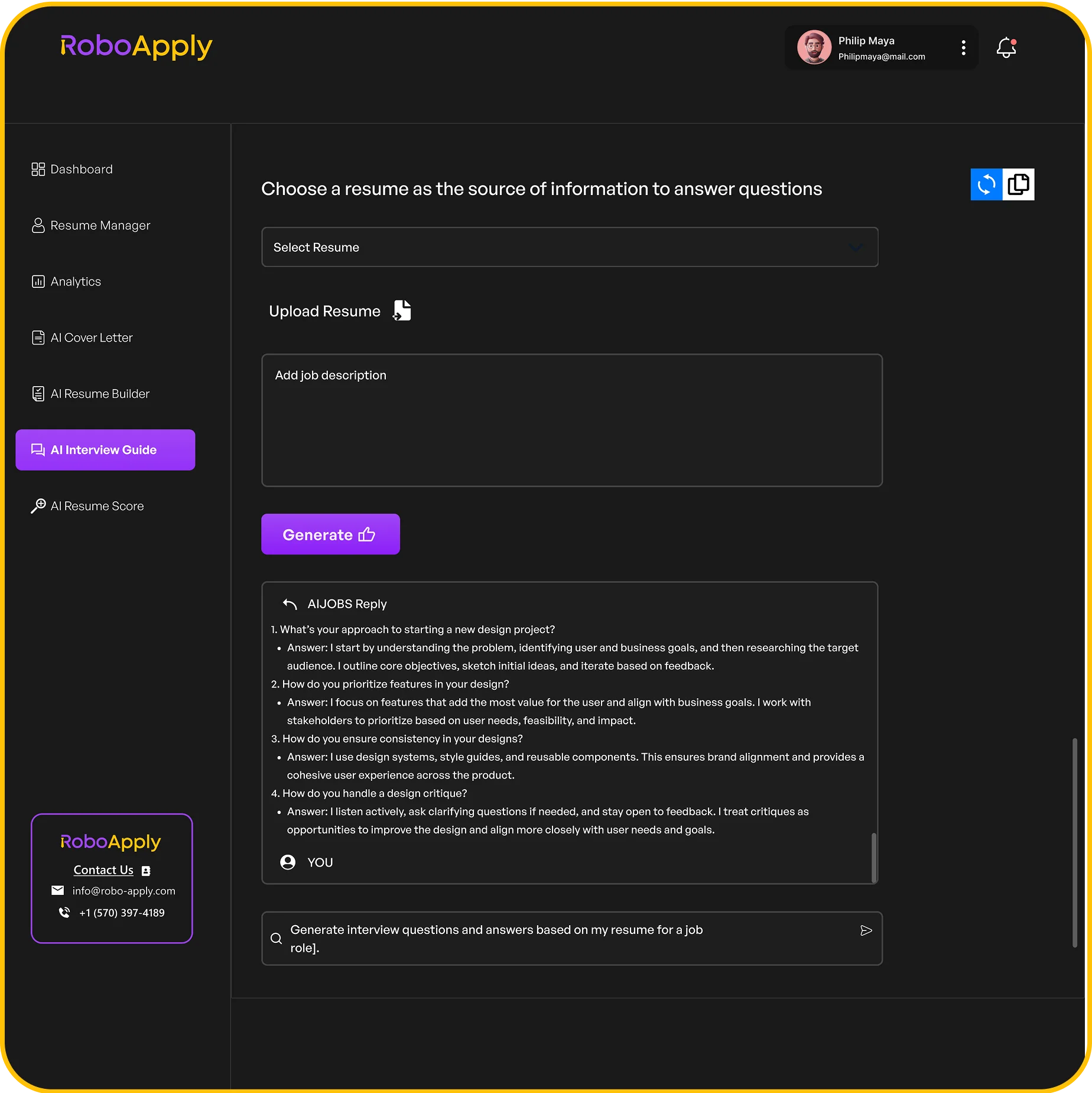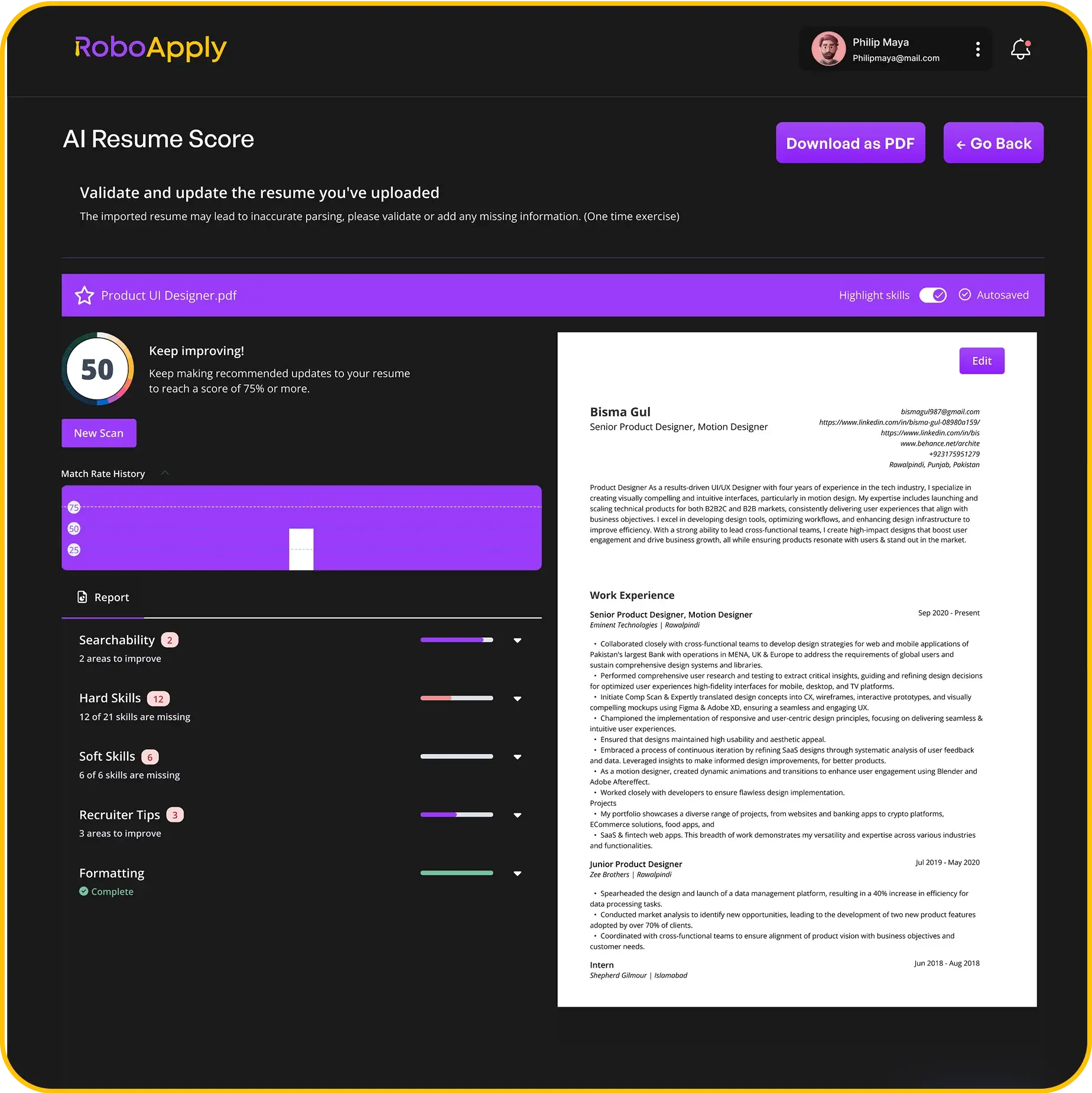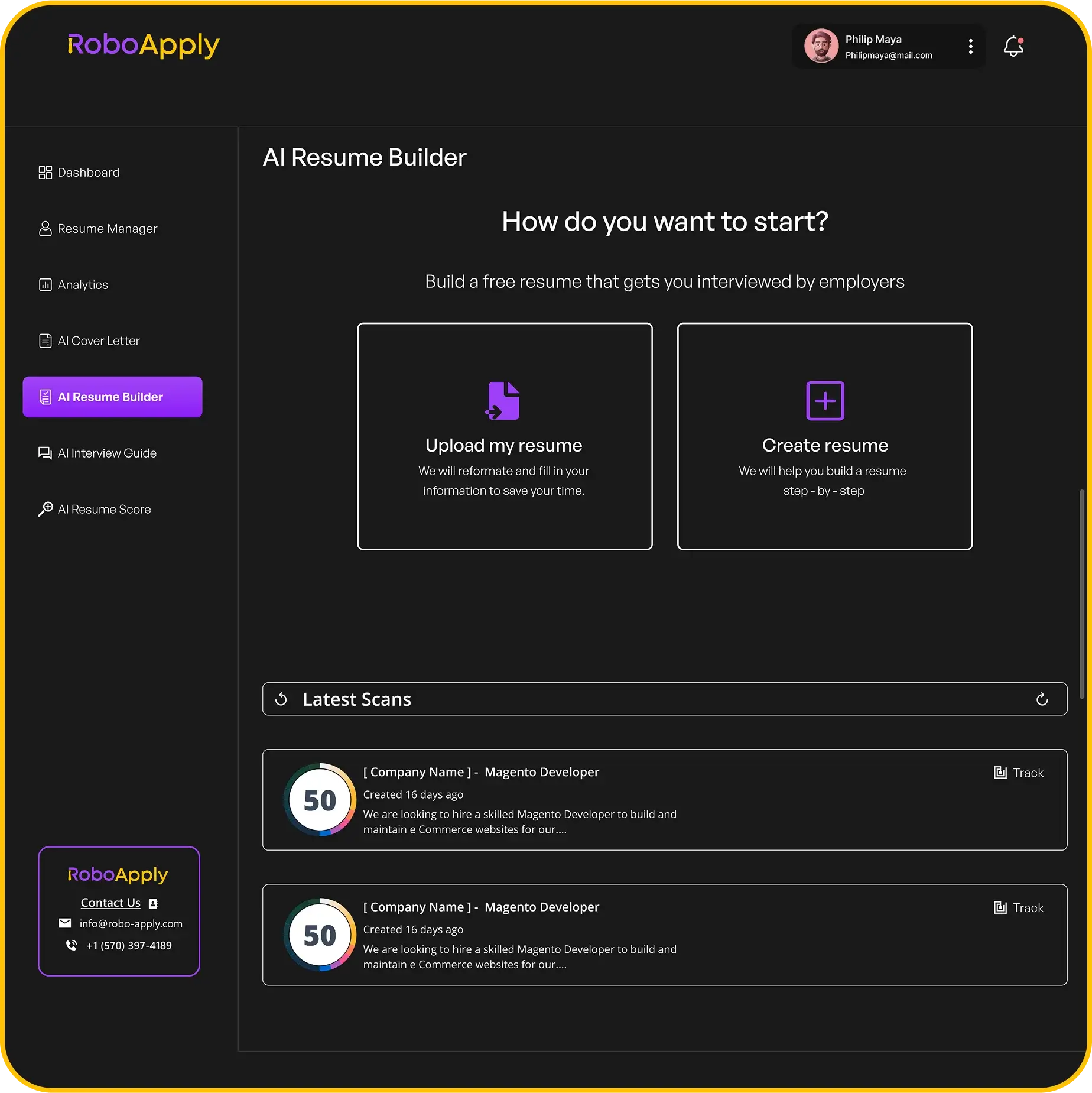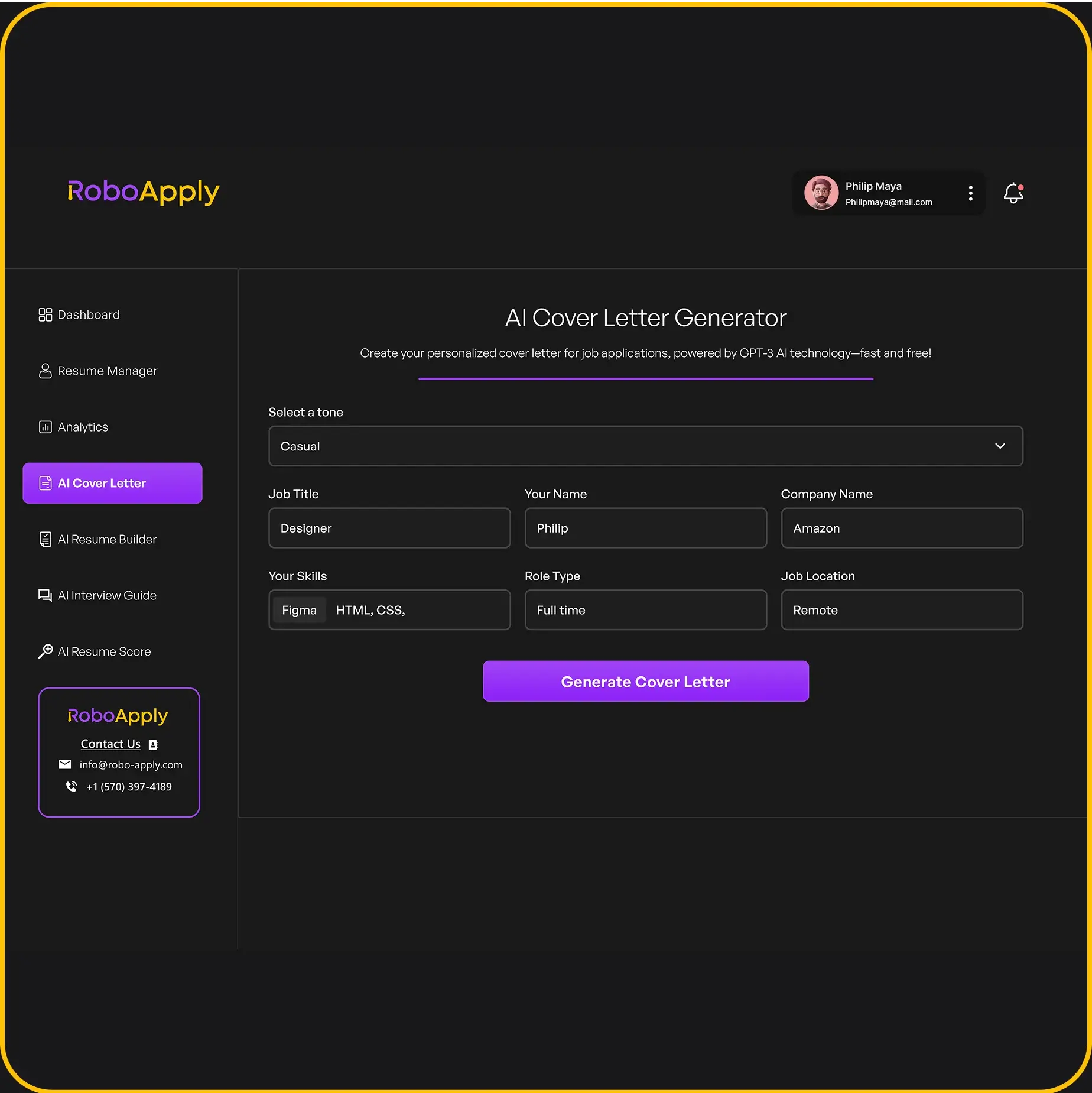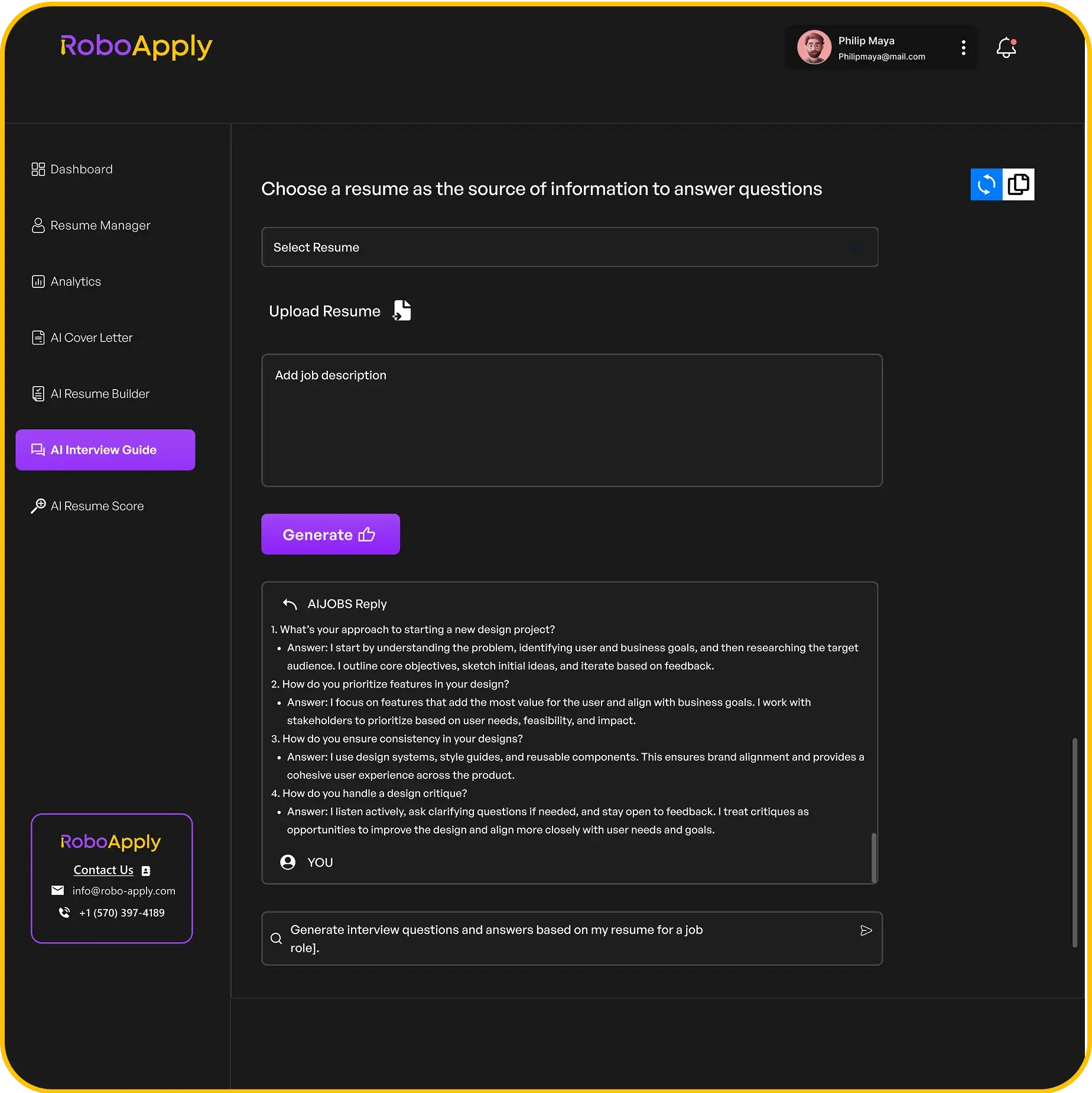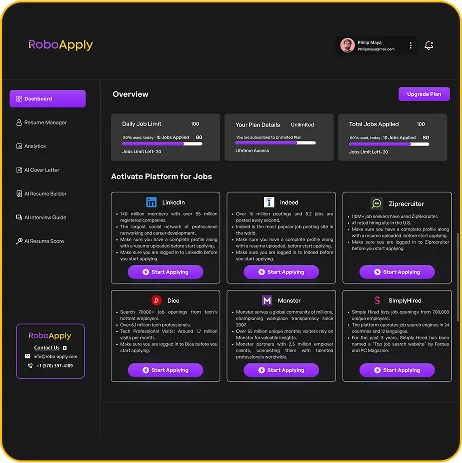So, you’re looking to land a medical technologist job, right? It can feel like a maze trying to get your resume just right. You want to show off your skills without sounding like a robot. This guide is here to help you build a medical technologist resume that actually gets noticed. We’ll go over different resume examples and give you some simple tips to make your application stand out in 2025.
Key Takeaways
- Make sure your medical technologist resume clearly shows your lab skills and any certifications you have.
- Use simple, direct language to describe your experience, focusing on what you did and the results.
- Tailor your resume for each job application to match the specific things the employer is looking for.
1. Medical Technologist
So, you’re aiming for a Medical Technologist role? Awesome! This is where you showcase your skills in performing lab tests and analyses. Think of your resume as a tool to highlight your proficiency in the field. RoboApply can help you tailor your resume to match specific job descriptions, making sure you emphasize the skills and experiences that employers are actively seeking.
Let’s break down what makes a Medical Technologist resume stand out. It’s not just about listing your duties; it’s about showing how well you perform them and the impact you’ve made.
Remember, your resume is your first impression. Make it count by clearly demonstrating your technical skills, attention to detail, and commitment to accuracy.
Here’s what to keep in mind:
- Highlight your technical skills: List specific equipment and procedures you’re familiar with.
- Quantify your achievements: Use numbers to show the impact of your work (e.g., "Reduced error rates by 15%").
- Tailor your resume: Adjust your resume for each job application to match the job description.
Think about it this way: a hiring manager wants to see that you not only have the qualifications but also the drive to excel in the role. Make sure your resume reflects that!
For example, instead of just saying "Performed lab tests," you could say "Performed a wide range of laboratory testing, including hematology, microbiology, and clinical chemistry, ensuring accurate and timely results for patient diagnosis."
2. Surgical Technologist
Surgical technologists, also called surgical techs, are vital members of the surgical team. They work under the direction of surgeons and registered nurses to ensure a safe and sterile operating room environment. Their responsibilities include preparing the operating room, sterilizing equipment, and assisting surgeons during procedures.
Think of them as the surgeon’s right-hand person, anticipating their needs and ensuring everything runs smoothly. It’s a demanding job that requires precision, attention to detail, and the ability to remain calm under pressure. RoboApply can help you showcase these qualities effectively on your resume.
A strong surgical technologist resume highlights your technical skills, knowledge of surgical procedures, and ability to work effectively in a team. It should also demonstrate your commitment to patient safety and infection control.
Here’s what a surgical technologist’s resume might look like:
- Prepared operating rooms with necessary equipment and supplies.
- Assisted surgeons during surgical procedures by passing instruments and supplies.
- Maintained a sterile field throughout surgical procedures.
- Monitored patient vital signs during procedures.
- Cleaned and sterilized instruments and equipment after procedures.
To make your resume stand out, consider these tips:
- Quantify your achievements whenever possible. For example, instead of saying "Assisted in surgical procedures," say "Assisted in over 200 surgical procedures annually."
- Tailor your resume to each job description. Highlight the skills and experience that are most relevant to the specific position.
- Use action verbs to describe your responsibilities and accomplishments. For example, instead of saying "Responsible for sterilizing equipment," say "Sterilized equipment according to established protocols."
Crafting a compelling resume is essential for landing your dream job as a surgical technologist. Make sure to highlight your skills and experience effectively, and use RoboApply to craft a surgical technician resume that gets you noticed.
3. MRI Technologist

Being an MRI Technologist is more than just pushing buttons; it’s about patient care and getting clear images for diagnosis. Your resume needs to show you’re good at both. Let’s break down how to make your resume stand out.
An MRI Technologist resume needs to highlight your technical skills and your ability to work with patients. It’s a mix of science and people skills, and your resume should reflect that.
MRI Technologists operate sophisticated equipment, so you need to show you know your stuff. But you also need to show you can keep patients calm and comfortable during what can be a stressful experience. RoboApply can help you tailor your resume to highlight these skills, making sure you catch the eye of hiring managers.
Here’s what to keep in mind:
- Technical Proficiency: Show you know the equipment and procedures.
- Patient Care: Highlight your ability to work with patients.
- Attention to Detail: MRI scans require precision.
A strong MRI Technologist resume shows you’re not just technically skilled, but also compassionate and detail-oriented. It’s about showing you can handle the technical aspects while providing excellent patient care.
To get started, consider using a template specifically designed for medical professionals. You can also access free MRI Technologist resume samples to get a better idea of what to include.
4. CT Technologist
Okay, so you’re aiming for a CT Technologist position? Awesome! Your resume needs to show you’re not just good at pushing buttons, but that you understand the tech, can handle patients, and keep everything safe. Let’s break down how to make your resume shine.
A CT Technologist resume needs to highlight your proficiency in operating CT scanners and your ability to produce high-quality diagnostic images.
Think of RoboApply as your personal resume assistant. It can help you tailor your resume to specific job descriptions, making sure you include the keywords and skills that employers are looking for. This can significantly increase your chances of getting noticed.
Here’s how to approach crafting a resume that gets you noticed:
- Showcase your technical skills: List the specific CT scanners you’re certified to use. Mention any experience with advanced imaging techniques.
- Emphasize patient care: Highlight your ability to explain procedures to patients, address their concerns, and ensure their comfort during scans.
- Demonstrate safety awareness: Detail your knowledge of radiation safety protocols and your commitment to minimizing patient exposure.
A strong CT Technologist resume clearly communicates your technical expertise, patient care skills, and commitment to safety. It’s about showing, not just telling, employers that you’re the right person for the job.
Let’s say you’ve used a specific type of scanner, like a Siemens SOMATOM. Instead of just saying "Operated CT scanners," you could say "Proficiently operated Siemens SOMATOM CT scanner, performing a range of diagnostic imaging procedures including CT Technologist skills."
Or, if you’ve implemented a new safety protocol, describe it: "Implemented a new low-dose radiation protocol, reducing patient exposure by 15% while maintaining image quality."
Here’s an example of how to phrase your experience:
CT Technologist
- St. Elsewhere’s Hospital, Anytown, USA
- June 2020 – Present
Responsibilities:
- Operated GE Revolution CT scanner to perform a variety of diagnostic imaging procedures.
- Ensured patient safety and comfort by explaining procedures and addressing concerns.
- Maintained accurate patient records and ensured compliance with all regulatory requirements.
- Collaborated with radiologists and other healthcare professionals to provide high-quality patient care.
Quantify your achievements whenever possible. For example, instead of saying "Improved image quality," say "Improved image quality by 20% through optimization of scanning parameters."
Remember to tailor your resume to each job you apply for. Use the job description to identify the skills and experience that the employer is looking for, and then highlight those qualifications in your resume. A well-crafted resume, combined with the power of RoboApply, can help you land your dream job as a CT Technologist. Make sure to include a professional radiologic technologist resume summary to grab their attention.
5. Header

Your resume header is prime real estate. It’s the first thing recruiters see, so make it count! It needs to be clear, concise, and easy to read. Think of it as your professional introduction.
Here’s what to include:
- Your Full Name: Make it prominent and easy to read. Use a professional font.
- Contact Information: Include your phone number, email address, and professional social media profiles (like LinkedIn). Double-check for typos!
- Location: City and state are sufficient. No need to include your full street address for privacy reasons.
A well-formatted header makes it easy for recruiters to contact you. It shows attention to detail and professionalism, which are key in the medical field.
It’s also a good idea to keep the design clean and simple. Avoid using excessive graphics or colors that could distract from the information. RoboApply can help you create a professional-looking header that highlights your contact information without being overwhelming.
6. Summary

The summary section of your medical technologist resume is like a quick elevator pitch. It’s your chance to grab the hiring manager’s attention right away and show them why you’re the perfect fit. Think of it as a highlight reel of your skills and experience. It’s super important to get this right, so let’s break it down.
A strong summary can significantly increase your chances of landing an interview.
Here’s the deal: hiring managers are busy people. They often skim through resumes quickly, so you need to make a great first impression. A well-crafted summary does just that. It tells them who you are, what you bring to the table, and why they should keep reading. It’s also a great place to include keywords that match the job description, which can help your resume get past applicant tracking systems (ATS). You can use RoboApply to make sure your resume is optimized for those systems.
A good summary is concise, usually 3-4 sentences, and focuses on your most relevant qualifications. It’s not just a list of skills; it’s a compelling story about your career and what you can do for the employer.
Here’s a simple breakdown of what to include:
- Your job title and years of experience.
- Your key skills and areas of expertise.
- Your most impressive achievements.
- Your career goals and how they align with the company’s needs.
Let’s look at an example:
"Dedicated Medical Technologist with 5+ years of experience in clinical laboratory settings. Proficient in performing a wide range of laboratory tests, ensuring accuracy and efficiency in results. Proven ability to maintain laboratory equipment and adhere to strict quality control standards. Seeking a challenging role at Cleveland Health where I can contribute to accurate diagnoses and improved patient outcomes."
See how that paints a picture? It’s not just a list of skills; it’s a story about what you can do. Now, go write a summary that will make you stand out from the crowd. You can also use resume summary examples to help you get started.
7. Experience

Your experience section is where you really show what you can do. It’s not just about listing your past jobs; it’s about highlighting your achievements and how you made a difference. Think of it as your chance to prove you’re the right person for the job. RoboApply can help you tailor this section to match specific job descriptions, making sure your most relevant skills and accomplishments stand out.
Focus on quantifiable results and specific examples to make a strong impression.
Instead of just saying you "performed tests," explain how many tests you performed, what kind of tests, and what the impact was on patient care or lab efficiency. Use action verbs to start each bullet point and keep the language clear and concise.
Remember, recruiters often spend very little time initially reviewing resumes. Make it easy for them to quickly grasp your key skills and accomplishments. Tailor your experience section to match the specific requirements of the job you’re applying for.
Here’s how you can structure your experience section:
- Job Title: Clearly state your position.
- Company Name: Include the name of the organization.
- Dates of Employment: Specify the start and end dates.
- Key Responsibilities and Achievements: Use bullet points to list your accomplishments, focusing on quantifiable results whenever possible. For example, "Reduced turnaround time for critical lab results by 15% through process improvements."
Think about using metrics to showcase your impact. Did you improve efficiency? Reduce errors? Increase patient satisfaction? Numbers speak volumes. For example, instead of saying you "maintained equipment," you could say "Maintained and calibrated laboratory equipment, ensuring 99.9% uptime and preventing delays in testing."
Consider this example:
Medical Technologist
ABC Hospital, Anytown, USA
2020 – Present
- Performed a high volume of routine and specialized laboratory tests, including hematology, chemistry, and microbiology, resulting in accurate and timely diagnoses for over 500 patients per month.
- Implemented a new quality control program that reduced testing errors by 10% and improved overall lab accuracy. Medical Technologist resume samples can give you more ideas.
- Trained and mentored new laboratory staff, ensuring adherence to standard operating procedures and maintaining a high level of competency within the team.
- Collaborated with physicians and other healthcare professionals to interpret lab results and provide recommendations for patient treatment plans.
- Maintained and troubleshooted laboratory equipment, minimizing downtime and ensuring the continuous operation of critical testing systems.
By focusing on your achievements and quantifying your results, you can create an experience section that grabs the attention of recruiters and showcases your value as a medical technologist. Remember to tailor your resume to each job application, highlighting the skills and experiences that are most relevant to the specific position. This will significantly increase your chances of landing an interview. You can also use RoboApply to help you identify the right keywords and phrases to include in your resume, making it even more effective. Make sure to emphasize your laboratory expertise in this section.
Want to see how simple it is to get your dream job? Our smart tools make applying for jobs super easy. You can stop worrying about applications and start getting interviews. Check out our website to see how we can help you land that perfect role!
Wrapping Things Up
So, there you have it. Putting together a good medical technologist resume doesn’t have to be a huge headache. It’s really about showing off what you can do and making sure it matches what the job needs. Think about your skills, your experience, and how you can help a lab run smoothly. With a bit of effort and by using these ideas, you can make a resume that gets noticed. Good luck with your job search!
Frequently Asked Questions
What exactly does a medical technologist do?
A medical technologist works in a lab, doing tests on blood, pee, and other body stuff. They help doctors figure out what’s wrong with patients. It’s a really important job because the results they get help decide how to treat people.
What kind of schooling or training do I need to be a medical technologist?
To become a medical technologist, you usually need a four-year college degree in medical technology or a related science. You’ll also need to pass a special test to get certified. Some places might also need you to have a license from the state.
What’s important to put on a medical technologist resume?
When writing your resume, make sure to show off your skills in lab work, like using different machines and making sure tests are done right. Also, mention any special training or certificates you have. It’s good to show you’re careful and can think clearly, as these are key for getting accurate test results.




